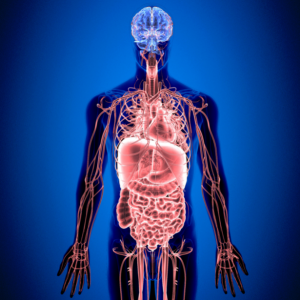The focus of this lesson is to make you knowledgeable enough of the elements of the human body to understand all the other lessons in this section.
In this lesson, you will cover the
- the significant elements that make up the human body; and
- the two types of fat each person accumulates in the human body.
Understanding the elements of the human body
Most people have in their body
- 206 bones
- 600 muscles
- 78 organs
- four types of major tissues
- two types of fat
Your body is an accumulation of the weight of your bones, muscles, organs, tissues, and fat. To calculate your total body weight, you need to add your body’s fat weight to your lean muscle mass.
Your lean body mass is the total weight of your bones, muscles, organs, and tissues together. To calculate your lean body mass in pounds, you need to figure out what your body weight in fat is minus your total body weight.
The human body comprises two types of fat: essential and storage. Your body uses essential fat to create warmth, provide energy, and keep the body working correctly. Men need up to 5% essential fat, and women need up to 10% to function properly. In addition, some fat is stored around the organs for protection. The storage fat accumulates underneath the skin, around the abdominal section and organs, and collects as fat deposits into places such as your heart and liver. Storage of fat in each area beyond the necessary amount to function correctly and for protection may result in numerous chronic health challenges and diseases. This fat is called subcutaneous fat.
The amount of essential fat your body needs and the storage fat your body accumulates will be total body fat. This number is represented in a percentage or weight. You can calculate your total body fat weight in pounds once you figure out your body fat percentage.
Understanding the different types of elements within your body helps you understand the context of the lessons.
In the following few lessons, you will
- read about body mass index and how it relates to being over- or underweight;
- learn why knowing your lean body mass and body fat percentage matters;
- learn how to determine your body fat percentage, body fat weight, and lean body mass;
- understand which body fat category you stand in currently and the current health conditions you could be facing; and
- calculate a goal weight for your health and nutrition journey based on what body fat percentage category you want to fall within.

